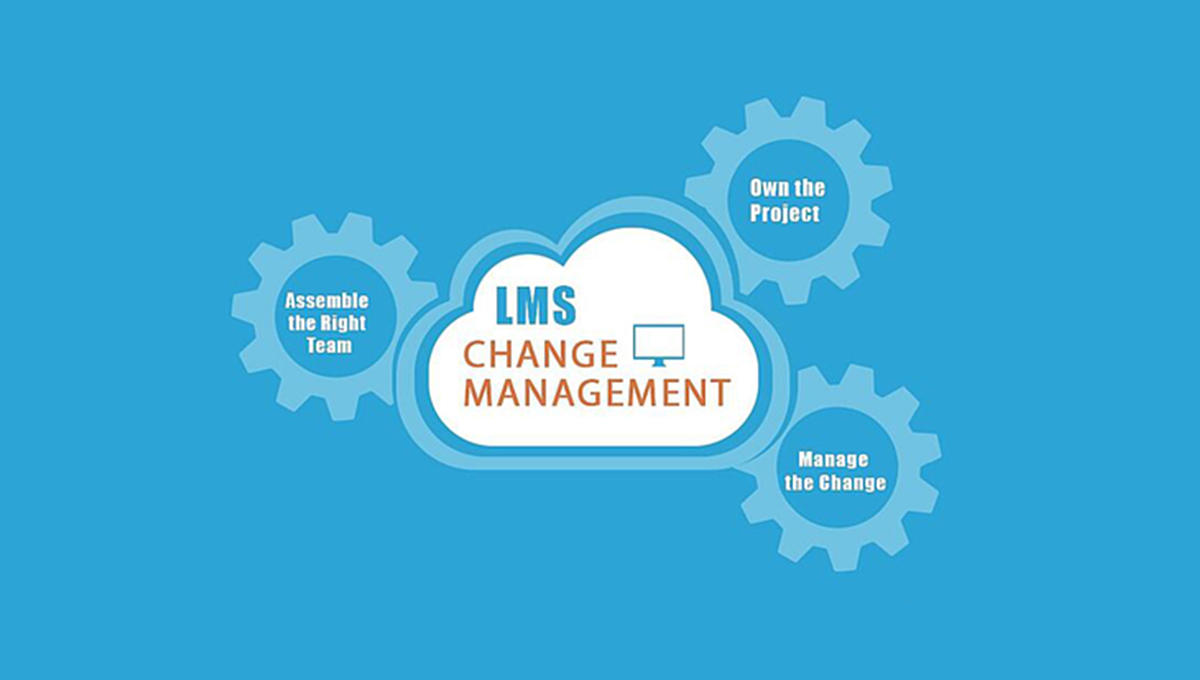
We often see statistics about the failure rate of human capital management technology projects. Since much of the research is based on self-reporting, we do not trust the statistics. However, we have seen enough troubled projects to present an informed opinion, based on twenty years of experience as managers, customers, consultants, and implementers of sumtotal learning management systems. In our experience, troubled projects fall prey to three traps:
- Failure to own the project,
- limiting the team, and
- neglecting change management.
We want to give you our recommendations for avoiding these traps, based on our experience with well-managed implementations that have succeeded.
Own the Project
Failure to own the project shows itself when project leaders make the assumption that their implementation partner has the project plan, manages the project, and completes the testing.
A good partner will give you a project plan template and will assist you in creating your plan. Assuming the template is the plan virtually guarantees you will miss at least one critical task. Your partner does not have your awareness of your internal resources and their challenges -- only you do. Take the time to create a detailed project plan and stick to it.
Project accountability rests on your organization, and the person managing the project must be accountable to your CEO. If you do have the experience and expertise to administer the plan, hire the skills. Project management is more than holding meetings and maintaining a schedule. It includes the ability to manage resources and people that are not under the PM’s direct control. Hire an expert.
It can be easy to assume that testing doesn’t need a lot of attention. After all, hundreds of thousands of people use SumTotal every day. Your partner can make sure your LMS works, but only your people can ensure that it works for your organization. Use a systematic testing plan and let your users tell you where the problems are before you launch. For more information on testing see A Disciplined Approach to Testing your HCM Implementation.
Assemble the Right Team
Sometimes organizations try to keep the implementation team as small as possible to keep it manageable. The problem with this approach is that only a few people commit to the project. The project team is one of the most valuable tools in your change management effort, so you should see that everyone in the organization has some representation. Let your team be your ambassadors.
It is a modern axiom that the path to success is to surround yourself with the right people. An LMS implementation is no exception. These are the people you need on the team:
- An Executive Sponsor, who is a member of the C-suite or closely associated with it. This person is your liaison with executive leadership and the person who can command the resources to complete the project. Who is the sponsor depends on your organization. It could be the leader of an operational business unit with an interest in performance improvement through learning.
- A Project Manager with successful experience leading large-scale technology projects. If you don’t have that kind of expertise, hire it.
- The L&D Team. Learning expertise is essential, and the L&D team are the experts in learning delivery processes. They will also serve as administrative staff and will likely have a support role after launch.
- The Technology Team. The CIO should be a co-strategist, but you will also need support for data migration, data integration, and user security. You will need continued support as your digitization plan unfolds. IT people will very likely have some good suggestions about how to maximize technical learning.
- Functional and Operational Leaders have a stake in performance through learning. Each function has its unique needs. The leaders will probably delegate ongoing work, but it is a good practice to get their commitment to the plan.
- Subject Matter Experts are the people who work in the business processes. They have detailed knowledge of what people need to know to get the job done.
Manage the Change
By far, most enterprise technology project failures are due to inadequate change management, but the failure is often invisible. It manifests itself when the new technology fails to have an impact on the business. The organization loses the opportunity to use the technology to improve workforce capability.
- You can avoid this trap by involving the entire organization from the beginning of the project.
- Begin with formal and informal discussions with people about what the future learning environment should be. Talking about a potential change has the effect of creating dissatisfaction with the status quo, which creates momentum for change. In a global organization, have your project team help with their extended contacts, and use your HR business partners to assist.
- Create a project discussion platform. It can be a private social network like Yammer, a private group on LinkedIn, or even a SharePoint site. Invite questions and comments. You can allow users to determine whether their issues and responses are public, and share public responses with everyone.
- Create formal change management, training, and communication plans and execute them faithfully. Too often we have seen organization create the plans and file them away.
- Recognize that change management, training and communication do not stop at go-live. They will go on indefinitely.
- Make training resources, videos, and quick reference guides available on the SumTotal home page. Be careful not to use them as a barrier to person-to-person help and support when people need it.
We hope these suggestions help you with a successful SumTotal LMS project, and that you are able to use SumTotal to create an agile learning organization.
PhenomᵉCloud is a full-service technology company dedicated to helping clients solve business problems, improve the capability of their people, and achieve better results.


Leave a Comment